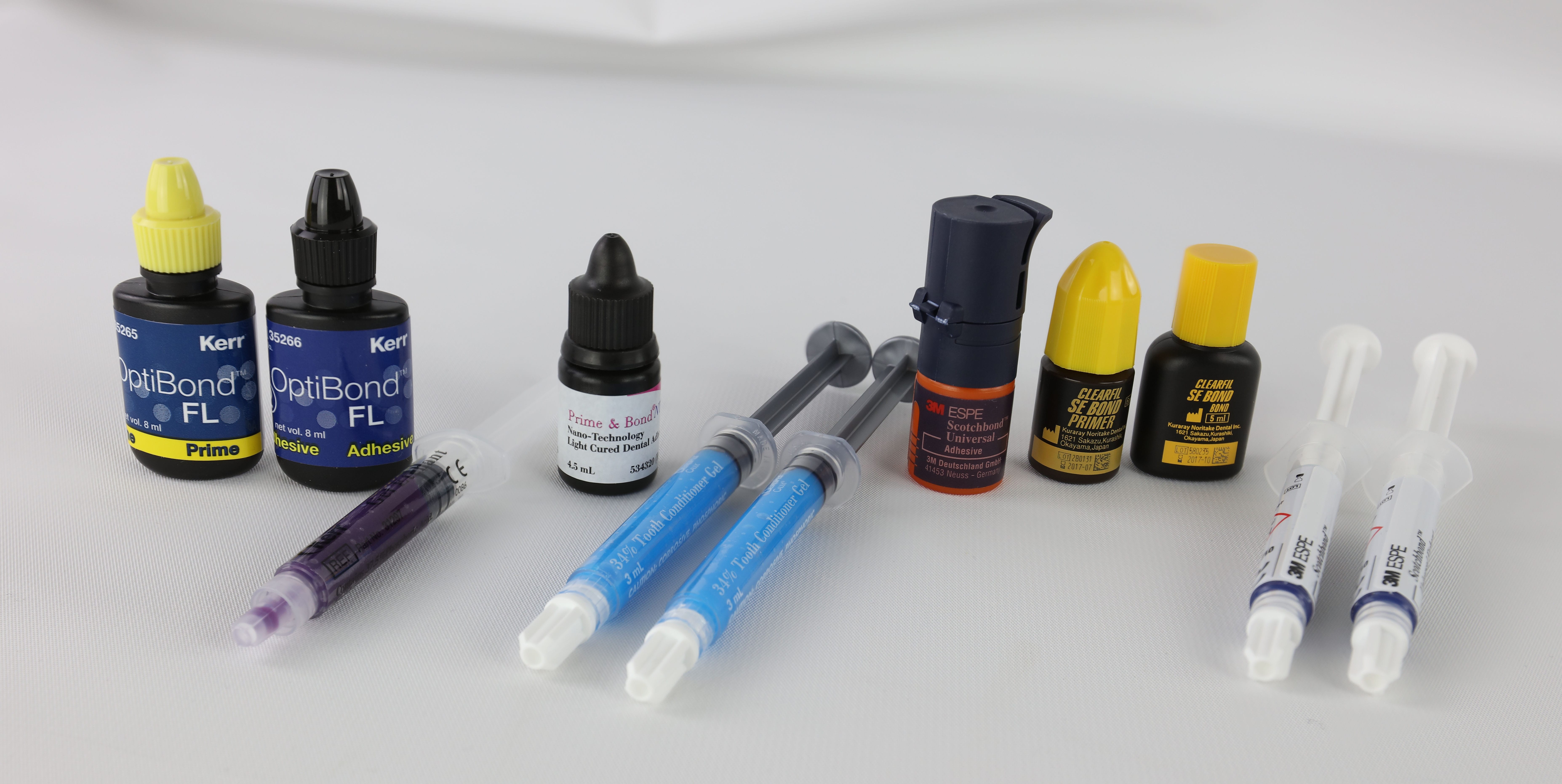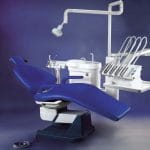Considering a dental bridge to replace missing teeth? Understanding how long a dental bridge lasts is crucial for your oral health. Several factors influence the lifespan of this common dental restoration, including the type of bridge, your oral hygiene habits, and regular dental check-ups.
In this comprehensive guide, we will cover:
- Different types of dental bridges
- Their average lifespans
- Effective maintenance tips to extend their durability
By staying informed about these aspects, you can make confident decisions regarding your dental health and ensure your bridge lasts as long as possible.
Understanding Dental Bridges
A dental bridge is a fixed prosthetic device that replaces one or more missing teeth by bridging the gap with artificial teeth known as pontics. These pontics are supported by dental crowns on either side, which are affixed to adjacent natural teeth or dental implants. Dental bridges are essential for restoring both function and aesthetics when teeth are missing.

By anchoring to neighboring natural teeth or implants, bridges provide stability and support, enabling individuals to chew, speak, and smile confidently. Understanding the different types of dental bridges can help patients make informed decisions about their oral health.
Types of Dental Bridges
Traditional Bridges: The most common type, consisting of dental crowns on the abutment teeth with pontics in between. They typically last 10-15 years, but some can last longer with proper care.
Cantilever Bridges: Used when adjacent teeth exist only on one side of the gap. These are less durable due to uneven bite force distribution and may last 5-10 years.
Maryland Bridges: Featuring a metal or porcelain framework bonded to the backs of adjacent teeth, these bridges have a shorter lifespan of 5-8 years due to their less secure bonding method.
Implant-Supported Bridges: Anchored by dental implants, these bridges offer superior durability and can last a lifetime with proper care.
Regular check-ups are crucial for maintaining your bridge’s integrity and addressing any potential complications early on.
Factors Affecting Dental Bridge Lifespan
Several key factors significantly influence the longevity of a dental bridge:
Oral Hygiene: Maintaining excellent oral hygiene through proper brushing, flossing, and regular dental check-ups is essential. This practice helps ensure the health of the abutment teeth and prevents decay or gum disease that could compromise the integrity of the bridge.
Material Quality: The choice of materials plays a critical role; high-quality options such as porcelain fused to metal (PFM), zirconia, or gold alloys are designed to withstand chewing forces, thereby extending the lifespan of the bridge. Porcelain is often favored for its aesthetics, while metal alloys offer durability.
Dental Expertise: The skill and experience of the dentist performing the procedure are vital. A well-fitted bridge crafted by an experienced professional enhances durability and functionality.
Lifestyle Habits: Certain lifestyle habits—such as teeth grinding (bruxism), chewing hard objects, or consuming a high-sugar diet—can put stress on a dental bridge, potentially shortening its lifespan. Additionally, habits like smoking can increase the risk of gum disease, further jeopardizing bridge stability.
The foundation of dental bridges typically involves conventional materials like porcelain, ceramic, resin, and metal alloys. Each material serves distinct purposes and provides various options tailored to meet diverse dental needs while ensuring optimal care for long-lasting results.
Proper Care and Maintenance

To ensure the longevity of your dental bridge, follow these essential care practices:
Brush and Floss Regularly: Use a soft-bristled toothbrush and fluoride toothpaste to clean your teeth twice daily. Incorporate floss threaders or water flossers to effectively clean around the bridge and maintain the health of abutment teeth. Pay special attention to the margins of the bridge where plaque and food particles tend to accumulate.
Inspect Your Bridge: Regularly check your dental bridge for any signs of wear, discomfort, or changes in fit. Early detection can help address potential issues before they become serious problems.
Avoid Hard and Sticky Foods: Refrain from chewing on ice, hard candies, or sticky foods, as these can dislodge or damage the bridge. Opt for softer, non-sticky alternatives to protect your dental restoration.
Attend Regular Dental Check-Ups: Schedule professional cleanings and examinations every six months. These visits help detect and address potential issues early on, preventing complications that could compromise your bridge’s integrity.
Rinse with Antimicrobial Mouthwash: Consider using an antimicrobial mouthwash daily to reduce bacteria around your bridge area and promote gum health.
When brushing, hold your toothbrush at a 45-degree angle and use gentle circular motions to clean your teeth thoroughly. This technique ensures effective cleaning while protecting your gums and the bridge structure. Consistent and diligent oral hygiene is key to maintaining a healthy and functional dental bridge.
Signs of Dental Bridge Problems

It is crucial to recognize early signs that your dental bridge may require professional attention. Common symptoms include:
- Pain or discomfort around the bridge
- Looseness or movement of the bridge
- Visible damage such as cracks or chips
- Gum inflammation or bleeding near the bridge
- Increased sensitivity to pressure or temperature changes
- Pus or foul-smelling discharge, indicating possible infection
Experiencing any of these issues could indicate underlying problems, such as infection or damage to the supporting teeth or structures. Prompt consultation with your dentist can prevent further complications and ensure the longevity of your dental bridge. Have you noticed any changes in your dental bridge? Addressing these symptoms early is essential for maintaining your oral health.
The Importance of Regular Dental Check-Ups
Regular professional care is essential for maintaining the integrity of your dental bridge, complementing at-home oral hygiene efforts. Scheduling routine check-ups with your dentist can significantly prolong the lifespan of your dental bridge by allowing for timely monitoring and intervention. Your dentist will assess your bridge for any signs of damage and ensure that your abutment teeth remain healthy and stable.
Dental professionals offer several key services to help maintain your bridge in optimal condition:
Diagnosis and Treatment: They can identify and address oral health issues that may jeopardize the stability of your bridge before they escalate into more serious problems.
Professional Cleanings: Regular cleanings help remove tartar buildup, which is crucial for preventing decay and maintaining overall oral health.
Expert Guidance: Dentists provide valuable advice on diet and oral hygiene practices that contribute to the longevity of your bridge. For instance, avoiding hard or sticky foods can prevent damage to your bridge.
Specialist Referrals: If necessary, they can refer you to specialists for advanced procedures, including the installation of various types of dental bridges tailored to your needs.
Customized Oral Hygiene Plans: Dentists can recommend specific tools like super floss or interdental brushes designed to clean effectively around bridges, ensuring comprehensive care.
The Bottom Line
The lifespan of a dental bridge depends on various factors, with an average range of 5 to 15 years or longer with proper care. By maintaining excellent oral hygiene, attending regular dental check-ups, and being mindful of lifestyle habits, you can extend the life of your dental bridge and enjoy a healthy, functional smile for years to come.
Ultimately, the lifespan of your dental bridge depends on your habits and choices. By taking proper care of your smile, you can ensure it stays healthy and beautiful for a lifetime!
For more information on dental bridges and other tooth replacement options, visit the American Dental Association website at https://www.ada.org/resources/research/science-and-research-institute/oral-health-topics/bridges.
On average, a dental bridge lasts between 5 to 15 years. However, with proper care and maintenance, some bridges can last even longer.
Several factors can influence the longevity of a dental bridge. These include the quality of the material used, the location of the bridge, the patient’s oral hygiene, and the health of the supporting teeth and bone.
Proper oral hygiene practices play a significant role in the longevity of dental bridges. Regular brushing, flossing, and use of mouthwash can help prevent plaque buildup and protect the bridge from decay. Regular dental check-ups are also crucial for maintaining the health of your dental bridge.
Poor dental hygiene, insufficient support from the surrounding teeth, unhealthy dental habits, and absence of professional care can lead to dental bridge failure. Regular dental visits allow for ongoing assessments of the bridge’s structural integrity, ensuring minor issues are addressed before they become major problems.
While it’s possible for a dental bridge to last a lifetime with proper care, it’s more common for them to need replacement after a number of years. The lifespan of a dental bridge can be extended with excellent oral hygiene, regular dental check-ups, and a healthy lifestyle.














